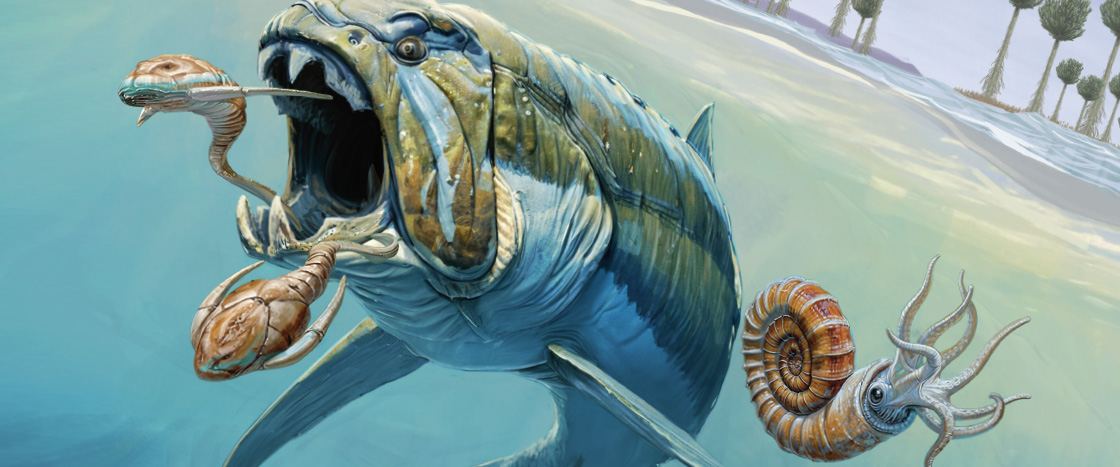Imagine traveling about 359 million years back in time. You’d find yourself at the end of Earth’s Devonian period, also known as the Age of Fishes. Our planet was very different then. Find out what it would be like to explore it!
Imagine traveling about 359 million years back in time. You’d find yourself at the end of Earth’s Devonian period, also known as the Age of Fishes. Our planet was very different then. Find out what it would be like to explore it!

